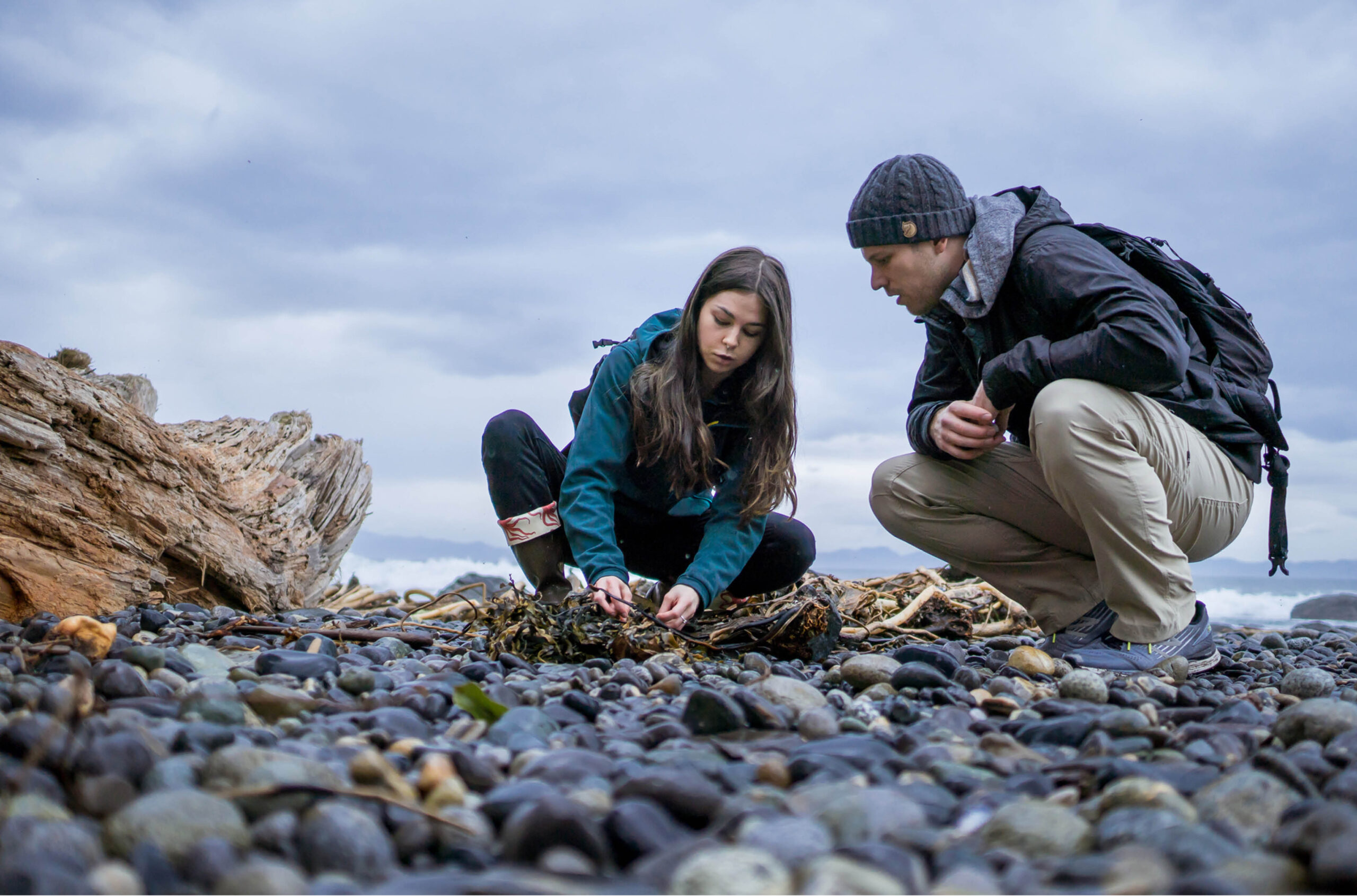UVic’s Ocean Networks Canada launches first-of-its-kind ocean observatory in Antarctica
A unique partnership is helping researchers learn more about the effects of climate change.

A long cylinder tube the size of a baseball bat is now 23 metres below sea level in the Southern Ocean, tracking the effects of climate change. This instrument is just one of many parts of the first-of-its-kind ocean observatory, a University of Victoria initiative launched in January in partnership with the Spanish National Research Council and Ocean Networks Canada (ONC).
“As far as we know, [this project is gathering] the first real-time data from the coastal waters of Antarctica,” said Kate Moran, ONC president and CEO.
The observatory monitors temperature, water depth, oxygen and chlorophyll levels in the ocean water. Paired to a satellite, the observatory transmits data every 30 minutes to researchers.
“Oceanography is the most challenging science,” according to Dr. Moran . “It’s more challenging than putting stuff in space.”
The observatory is crucial for understanding climate change, and more importantly sea ice: seawater that freezes and floats on top of the ocean.
“Real-time monitoring is really important for understanding climate change,” Dr. Moran said. “Last year, [Antarctica] had the lowest extent of sea ice ever recorded. It’s important to understand the conditions in the coastal environment, where much of the sea ice is generated to understand how and why these changes have taken place.”
The loss of sea ice is a critical issue in Antarctica because when it melts, it changes the albedo, she said.
“Albedo reflects energy back into the atmosphere, so it helps keep the planet cool. As you lose sea ice, you start having this positive feedback, climate feedback loops, which, unfortunately, the word is positive, but it’s a negative thing,” Dr. Moran explained.
ONC’s director of user engagement, Benoît Pirenne, said this collaboration between Canada and Spain is the result of nearly three years of planning and was inspired by a past ONC project that was done in the Arctic. The idea for this new cross-country collaboration stemmed from discussions with scientists on ONC’s International Science Advisory Board.
“We decided we could replicate [the] system that had been reasonably successful in the Arctic, and do it in the Southern Ocean, where we don’t have really to our knowledge, observatories that send data in real-time, throughout the year, about the conditions of the waters in the area,” Mr. Pirenne said.
Antarctica is inaccessible during the winter months of March to October due to the harsh conditions and climate. For the first time ever, this observatory allows researchers to monitor the Southern Ocean all year round.
“It’s kind of [the] last frontier on this planet,” Mr. Pirenne said, describing Antarctica. “We’re still exploring this particular continent, and maybe this is one of the reasons why it’s got this appeal. This last piece of place on the planet that hasn’t really been fully occupied by people.”
With the satellite data, ONC will be able to compare their observations to the National Snow and Ice Data Centre to better understand sea ice conditions in Antarctica, Dr. Moran noted.
Mr. Pirenne said he could see the observatory being replicated and reproduced by other groups and countries in the future.
“What’s the future of that system?” he asked. “[It] could also have little brothers and sisters, if you will, around the [Antarctica] area.”
Featured Jobs
- Veterinary Medicine - Faculty Position (Large Animal Internal Medicine) University of Saskatchewan
- Canada Excellence Research Chair in Computational Social Science, AI, and Democracy (Associate or Full Professor)McGill University
- Business – Lecturer or Assistant Professor, 2-year term (Strategic Management) McMaster University
- Education - (2) Assistant or Associate Professors, Teaching Scholars (Educational Leadership)Western University
- Psychology - Assistant Professor (Speech-Language Pathology)University of Victoria















Post a comment
University Affairs moderates all comments according to the following guidelines. If approved, comments generally appear within one business day. We may republish particularly insightful remarks in our print edition or elsewhere.